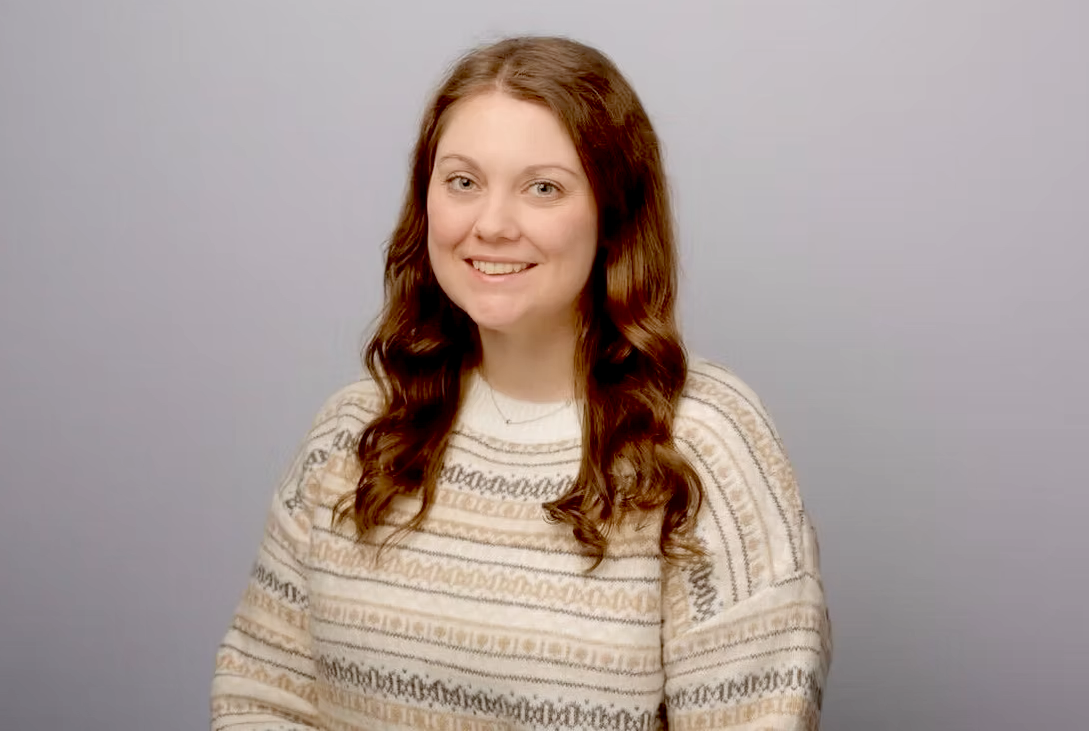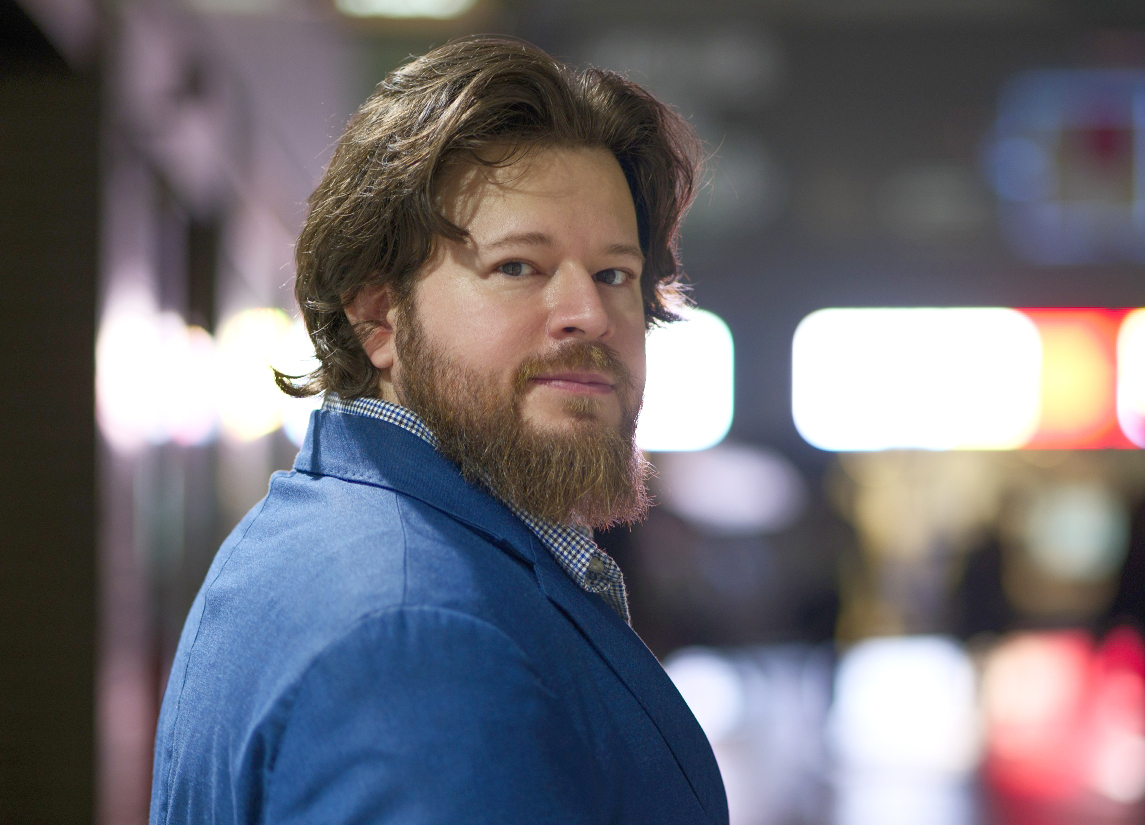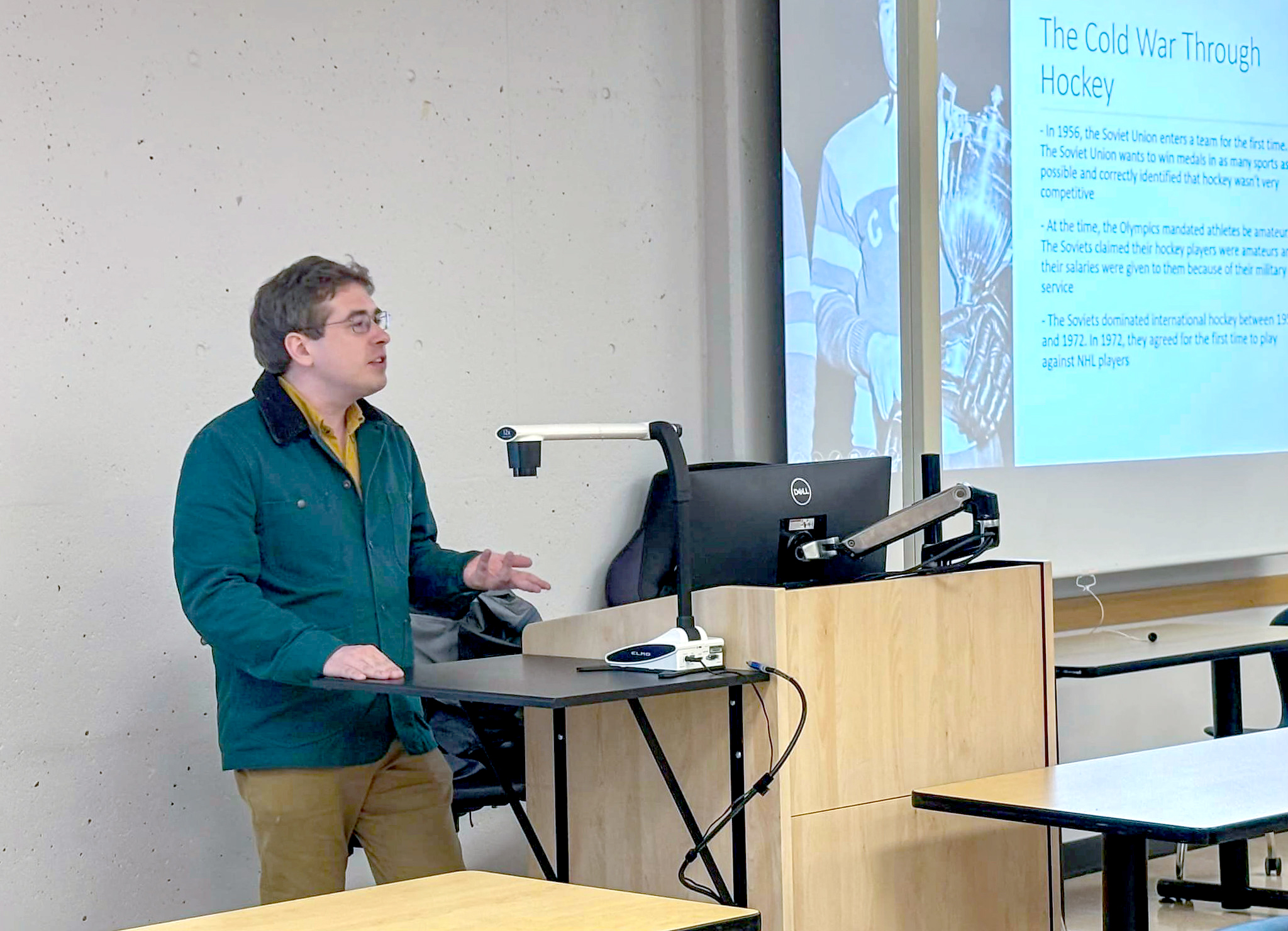Institutions discuss how to integrate First Nations’ values, culture
By Shawn Conner, Vancouver Sun
In a forum that pulls together topics ranging from mandatory courses to traditional long-houses, Canadian educators and administrators are meeting this week to look at ways to better integrate First Nations values and culture into post-secondary institutions.
The first of its kind, the gathering Monday and Tuesday at the University of Fraser Valley is hosting over 250 guests. In workshops and meetings, participants are discussing what can be done to incorporate more First Nations perspectives in the curriculum, not just for indigenous students but for everyone.
“Indigenizing the academy is for everyone who comes into post-secondary education,” said Shirley Swelcha-lot Shxwha: yathel Hardman, UFV’s senior adviser on indigenous affairs.
“Part of that is acknowledging the traditional territory where we live and work and go to school,” Hardman said. “It’s more than just the curriculum. Students flourish when they see themselves reflected and included in the everyday life of the institution.”
Many institutions have already added First Nations studies and support services. “But we’re getting at that place where we’re saying, now that we have students coming to the university, how do we implement these programs and services so they’re seam-less within the institution, as opposed to specialized pro-grams or add-ons or one-offs?”
One way some post-secondary institutions are indigenizing is by incorporating First Nations cultural icons. The University of Fraser Valley, for instance, has built a replica of a Sto: lo long-house with a capacity of 300.
The cost of indigenizing schools “can cost as much or as little as the institution has to put into it,” Hardman said. “The Ministry of Advanced Education provide funding for the gathering place we built here, and I understand 11 institutions received dollars to build gathering places.”
“These gatherings spaces help aboriginal students feel welcome,” UFV vice-provost Peter Geller said. “Other things aren’t monetary. The culture of the institution, and how it embraces indigenous traditions and values – those costs are less tangible, but if we don’t do them, that has costs as well.”
The high school graduation rate in B.C. for aboriginal students has doubled in the last 10 years, Hardman said, and more aboriginal students are seeking post-secondary education. “It wasn’t very long ago that two out of three aboriginal students didn’t graduate from high school. The possibility of going to university was pretty small for the majority of aboriginal people.”
Last year, 472 UFV students self-identified as aboriginal out of 16,000 students, though there could be as many as three times that, according to Anne Russell, media and communications coordinator. According to a ministry service plan report, 24,862 aboriginal students were enrolled in post-secondary institutions in 2011/12.
This year, University of B.C. Law will for the first time make aboriginal rights and treaties in Canada a mandatory course for first-year students. UBC has a plan in place to increase aboriginal content across the campus, said Prof. Gordon Christie, the director of First Nations Legal Studies at UBC.
UBC Law had 54 aboriginal students enrolled last year. “We’ve been working on that for the last three or four years,” Christie said. “We see ourselves as leaders in this area.”
The incoming class for the general law program is 180 students. “We like to have a certain number of aboriginal students if we can, because that creates a sense of community.”
The university also has pro-grams in place to help aboriginal students through tutoring and financing. “There’s a perception in Canadian society that aboriginal students go to university for free, but that’s far from being the case.”
Christie said that there’s a real need for more aboriginal lawyers. “There’s an incredible amount of work to be done in every area – family law, treaty rights, treaty negotiations. We try to have a rich program so they can go back and be mentors and leaders in their communities.”
sconnor@vancouversun.com





